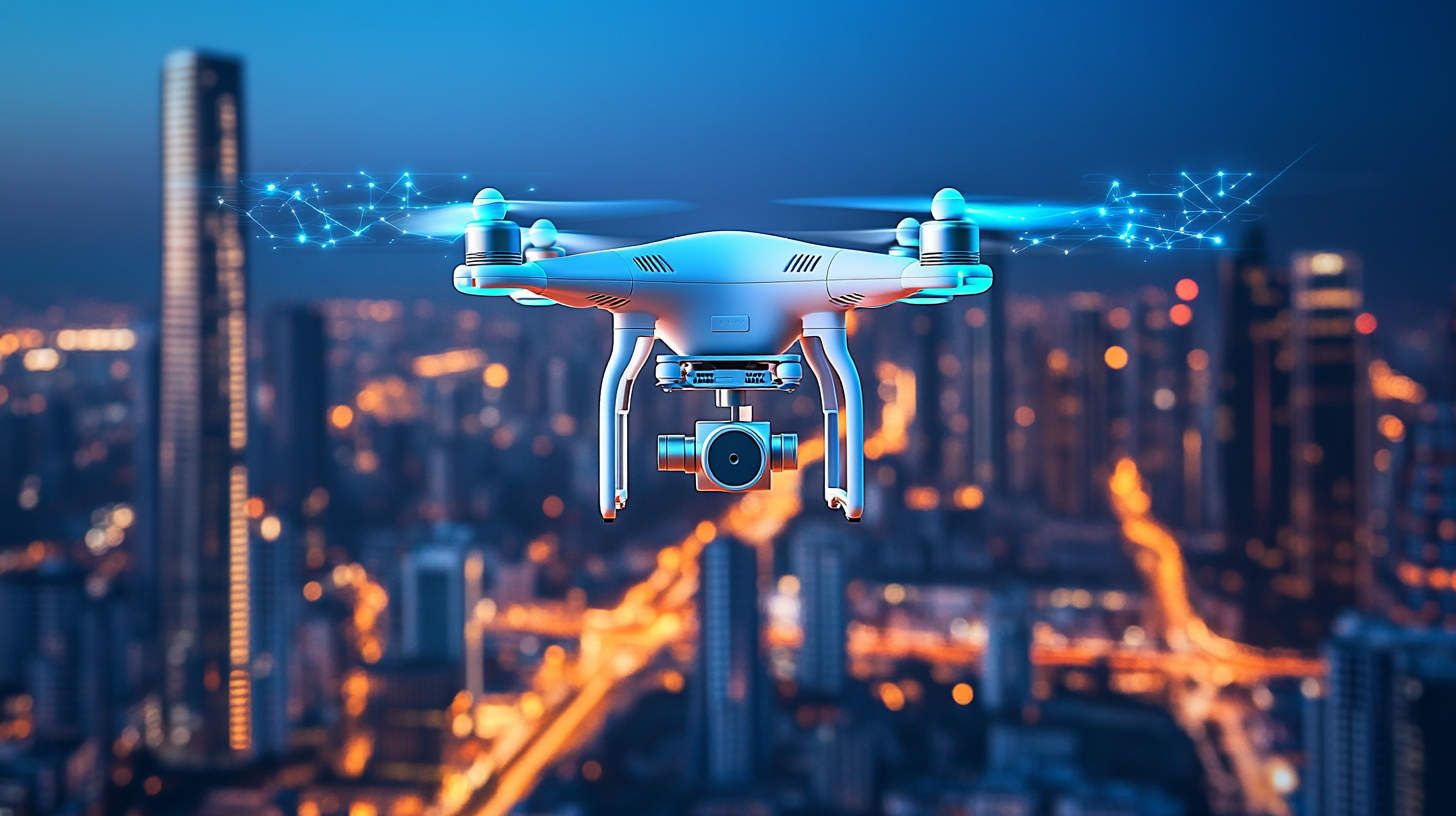Technological innovation has always had a significant impact on the way we live, work, and interact with the world around us. In recent years, the introduction of artificial intelligence (AI) has transformed numerous sectors, from medicine to finance, automotive to security. Today, one of the most fascinating and controversial concepts emerging is AI Police Cyborg 1.0, a hypothetical fusion of advanced technology, AI, and law enforcement.
What is AI Police Cyborg 1.0?
AI Police Cyborg 1.0 is a futuristic vision of a police officer enhanced by artificial intelligence and cybernetic technology. It is a hybrid figure, a cyborg (a human partially or fully enhanced with artificial components) equipped with extraordinary capabilities through the integration of advanced computer systems, robotics, and AI.
This figure could be employed to improve police efficiency in complex scenarios, such as monitoring emergency situations, combating crime, managing real-time resources, and collecting data through smart technologies.
How Does the AI Police Cyborg Work?
Interface between man and machine: AI Police Cyborg 1.0 combines the human body with advanced cybernetic systems, such as exoskeletons that enhance physical strength or neural implants that allow the officer to interact directly with computer systems. These implants would provide instant access to real-time information during field operations, improving decision-making and responses to critical situations.
Advanced Artificial Intelligence: The AI integrated into the cyborg would be capable of analyzing vast amounts of data from various sources: surveillance cameras, monitoring devices, biometric data, and network information. These systems would allow the officer to identify potential threats, detect suspicious behavioral patterns, and even predict crimes based on pre-existing behavioral models.
Facial and biometric recognition: One of the main features would be advanced facial and biometric recognition. Through real-time scanning of people’s faces, the AI Police Cyborg could cross-reference this data with extensive databases of wanted criminals, helping ensure public safety with a high level of precision.
Advanced surveillance technologies: The cyborg would be equipped with advanced sensors capable of detecting threats in real-time, such as weapons or explosives. Additionally, it would be able to monitor high-density areas of people, analyzing suspicious behaviors and detecting potentially dangerous situations.
Automation of police operations: Thanks to its ability to perform autonomous operations, the AI Police Cyborg 1.0 could also carry out repetitive, high-risk tasks, such as monitoring sensitive areas, analyzing crimes, or managing operations in highly dangerous situations.
The Benefits of AI Police Cyborg
Increased Efficiency and Speed: With AI integration, police operations could be executed more quickly and efficiently. Officers, with immediate access to information and technology-assisted decisions, could address emergency situations faster, reducing response times and increasing the number of arrests.
Increased Precision and Accuracy: Artificial intelligence doesn’t tire, doesn’t make human errors, and can analyze a wide range of data simultaneously. This would reduce the number of false positives and ensure greater accuracy in investigations and operations.
Enhanced Security: Officers, supported by technology, could face high-risk situations with greater security. The automation of some functions, such as risk analysis, would reduce direct exposure to physical threats.
Crime Prevention: The AI Police Cyborg’s ability to analyze data in real-time and predict future events could lead to a significant reduction in crime, thanks to the anticipation and prevention of crimes before they occur.
A Future Anecdote: Emergency Response in NeoCity
Imagine being in the heart of NeoCity, a futuristic metropolis where safety is guaranteed by the collaboration between humans and AI Police Cyborgs. On a busy afternoon, a series of explosions cause chaos in one of the most crowded commercial areas. The AI surveillance system immediately detects suspicious signals: a patrol of AI Police Cyborg 1.0 is already on the move.
One of the cybernetic agents, equipped with an exoskeleton that allows it to move at incredible speed, reaches the scene in seconds. Using its neural interface, the cyborg accesses real-time data: identification of suspects through facial recognition, mapping escape routes, and calculating the likelihood of further attacks. Within minutes, a team of agents on the ground is ready to intervene, while the cyborg, through a surveillance drone system, ensures that every corner of the area is monitored.
Meanwhile, the cyborg communicates instantly with emergency services, optimizing medical intervention through technology that can pinpoint the victims in real-time. The rescue operation is a success: thanks to artificial intelligence, cybernetic enhancement, and operational efficiency, the crisis is handled with unprecedented precision.
All of this, without a single human officer at risk, thanks to the protection offered by advanced technologies. A clear example of how AI Police Cyborg could truly change the game in public safety.
Conclusions
AI Police Cyborg 1.0 represents a radical vision of the future of police and public safety. With its advanced capabilities, AI could revolutionize the way law enforcement operates, improving efficiency, security, and crime prevention. However, the ethical, social, and legal implications cannot be ignored, and in-depth debate will be necessary to ensure that these technologies are developed and implemented responsibly, respecting citizens’ fundamental rights. The balance between innovation and the protection of civil liberties will be key to a future where artificial intelligence and law enforcement can coexist in a harmonious and just way.




